In Australia alone, 6.4 per cent of all waste generated comes from furniture and furnishings. In this article, we review today’s most impactful Whole Of Lifecycle Furniture practices.

Alki’s Kuskoa Bi chair, from Design Nation.
September 13th, 2023
This article first appeared in INDESIGN #89, The ‘Magnetic Workplace’ Issue written by Nick Jumara and Yen Dao. Flip through the issue, or purchase here.
In 1942, seminal and pioneering food writer M.F.K. Fisher published How to Cook a Wolf. As much practical guide as philosophical treatise in response to limited wartime resources, the book encouraged a deep mainstay of sustainability – to do the best with what we have. It’s not the biggest leap from foodstuff as limited resource to furniture as waste-laden product rivalled only by fast fashion.
Fisher alluded to the wolf at the door and now we’re beginning to see fresh ways to tackle another WOLF – Whole Of Lifecycle Furniture. By considering the entire lifecycle of the product through the lens of responsible production and consumption, technological advances and personal responsibility are combining to deliver new solutions to the wicked problem of furniture waste.
In Australia alone, 6.4 per cent of all waste generated comes from furniture and furnishings. And 2.5 million tonnes of furniture and furnishing waste goes into landfill – that’s 6.4 per cent of total waste generated.
For a Whole Of Lifecycle approach to have impact, it’s important to understand how a variety of players throughout the furniture ecosystem can overcome the barriers to designing, manufacturing and purchasing products in a way that promotes longevity, repair and reuse while defining fundamental shifts in how we ascribe value in a world bent on flipping cheap fit-outs.
Related: The story behind REDDIE’s ready-made furniture
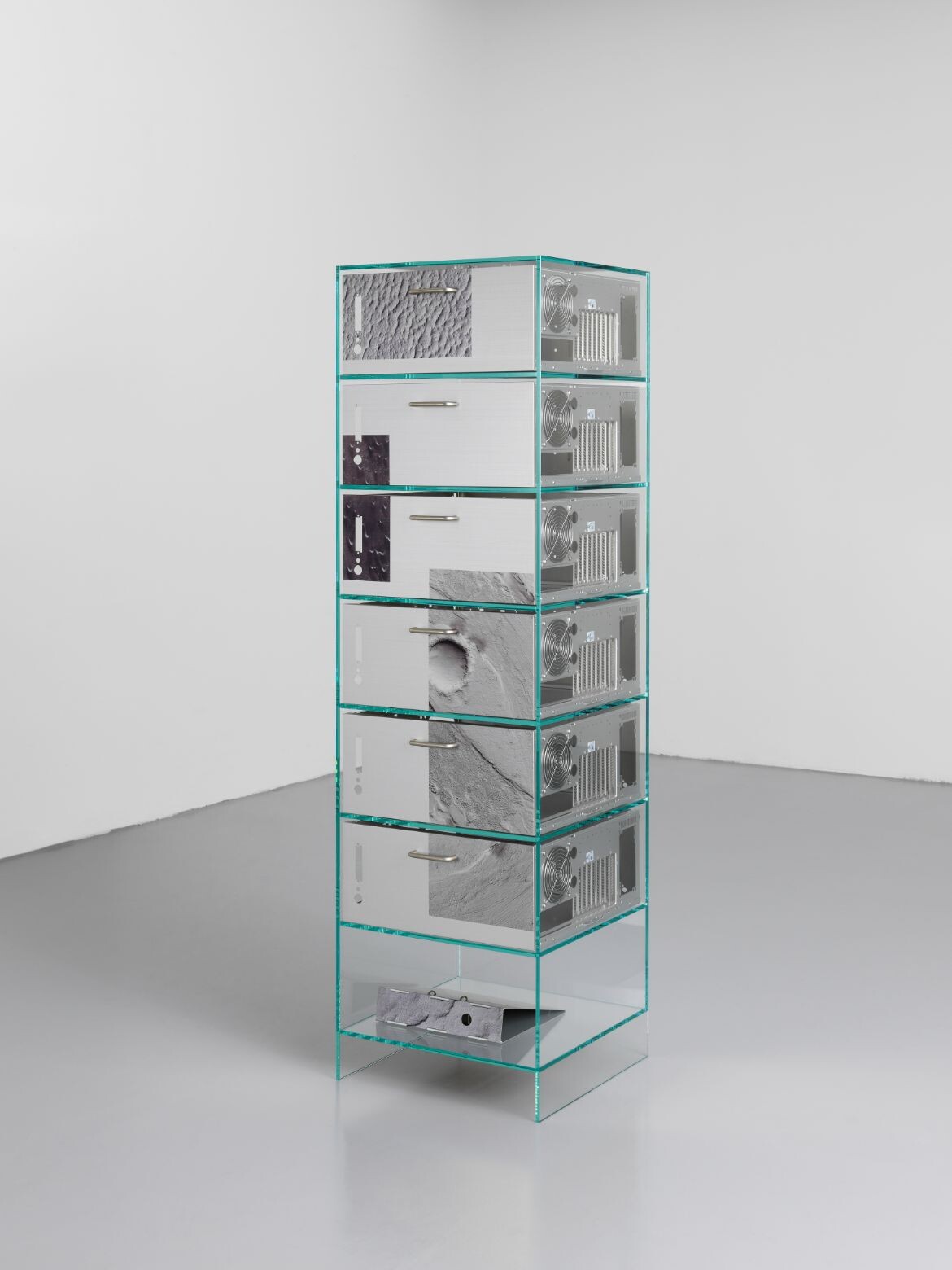

It’s easy to be overwhelmed with the pressure to design products that fit our ever-bending, never-breaking capitalist growth model. Designing for disassembly has begun an important paradigm shift that positions the designer to circumvent the economic hegemony while delivering to consumer needs and sustainable best practice. But for the non-Luddites among us, there’s more.
With biodegradable carbon-negative polymers like mushroom mycelium crumbling the tyranny of traditional plastics, material innovation provides a fruitful foundation for sustainable exploration. The Kuskoa Bi chair from Alki (Design Nation) and Ore Streams from Formafantasma use bio-based materials like recycled PE, plant-based materials and citrus waste to find new solutions.
Mass production has now met the world of mass customisation. Before building out, advances in prototyping and production have led IKEA to its IKEA Place app employing digital tools and augmented reality to gather customer feedback on how modular furniture transforms in their space while providing digital enhancements on performance.


Smart furniture is the logical progression, with companies such as Knoll, Wilkhahn, Vitra and Kokuyo all offering furniture that adapts to the user’s needs. Embedded IoT tech that monitors usage while adjusting resource consumption through lighting and temperature control is increasing satisfaction and reducing redundancy and returns. We can see how furniture is standing less on its own, instead fitting into an interconnected solution that increases sustainability by reducing resource hungry energy consumption.
Stepping back from individual pieces of furniture, applying a Whole Of Lifecycle approach to furniture manufacturing means fundamentally rethinking the business model. From zero-waste production to carbon negative businesses, manufacturers are ensuring all materials and by-products generate no waste while employing renewable carbon capture tech to produce more energy than they consume.
Combined with community-based business collectives that foster collaboration and knowledge sharing at a neighbourhood level, the monster that is furniture manufacturing can be tamed by shedding light on opportunities for environmental, economic and social betterment. This has enormous implications as the shift from extraction and profit to collaboration and sustainability touches everyone on the supply chain.
Related: Sustainable makeover for Mecca
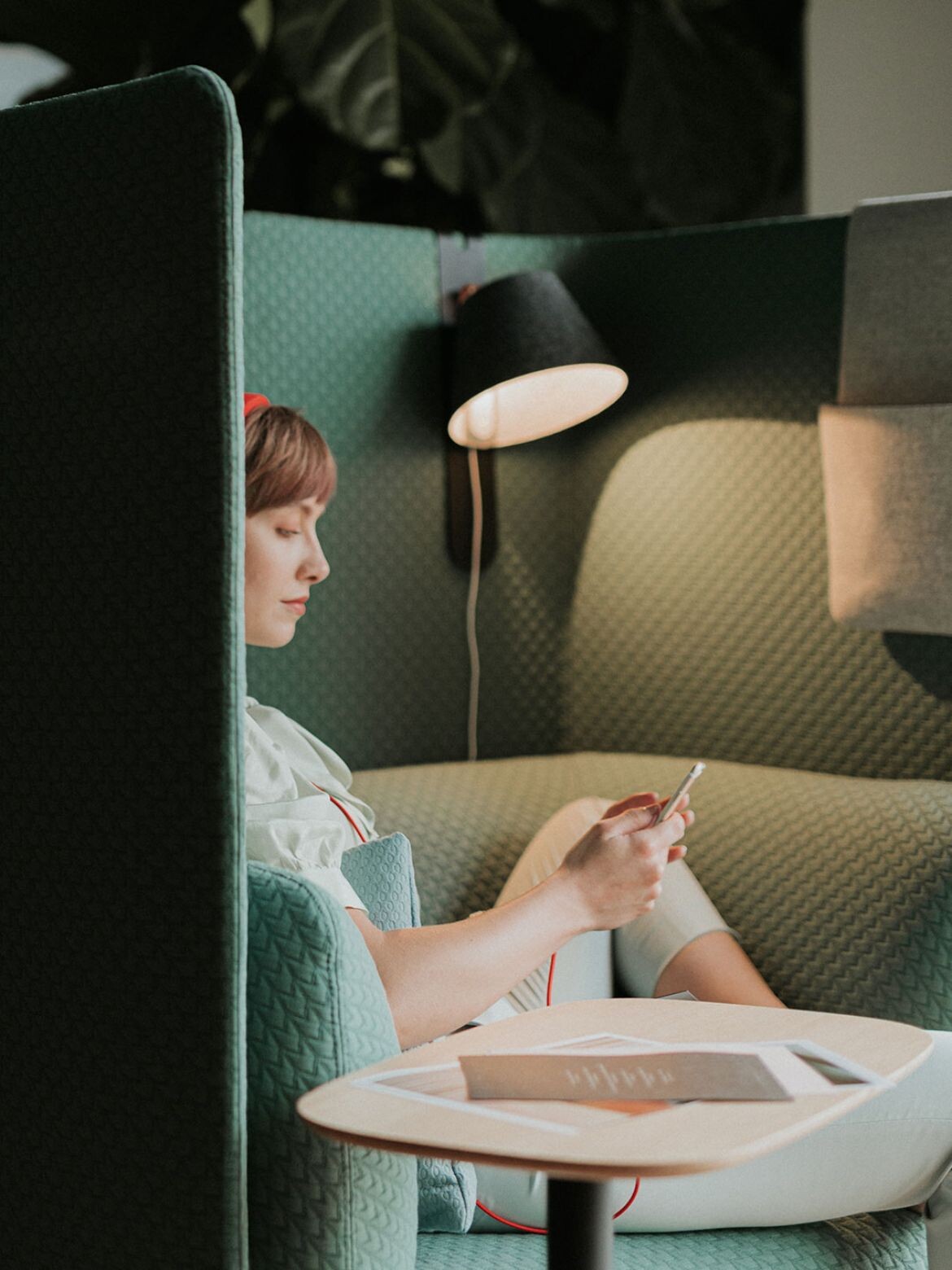
Much like sustainability in other industries, the answer combines both systemic rejuvenation and personal responsibility. Ensuring existing fit-outs are designed for longevity while prioritising refurbishment and repair over replacement is a good place to start from a consumer perspective.
If it’s daunting to find where else to start, companies such as Muuto and Vitra offer sustainability programs alongside product warranty and replaceable parts. Look for programs such as the LivingOn sustainability program from B-Corp certified company, Living Edge, that ensures carbon neutrality and sustainability and wellbeing criteria. Since 2020 they’ve helped to service and redeploy over 12,500 Herman Miller tasks chairs, diverting 234 tonnes of furniture from landfill.
If you don’t have to own it, furniture-as-a-service provides a subscription model with controls for high-quality reuse and refurbishment that extend the lifespan of each product. As part of its commitment to circular design practices, Haworth has been implementing pilots with product rental and lease projects in partnership with customers. Haworth also offers service agreements for its products’ continued use and end of life.
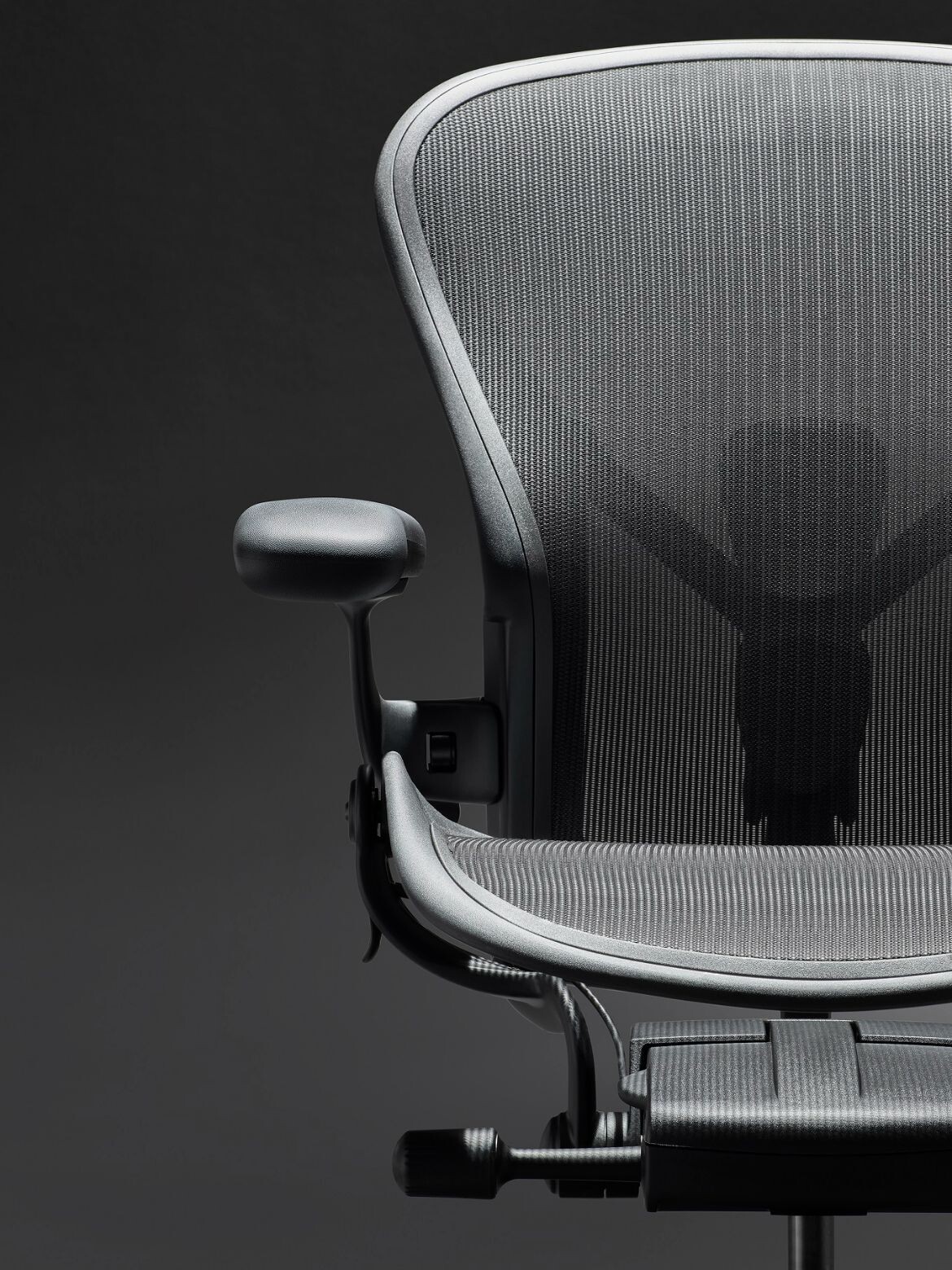
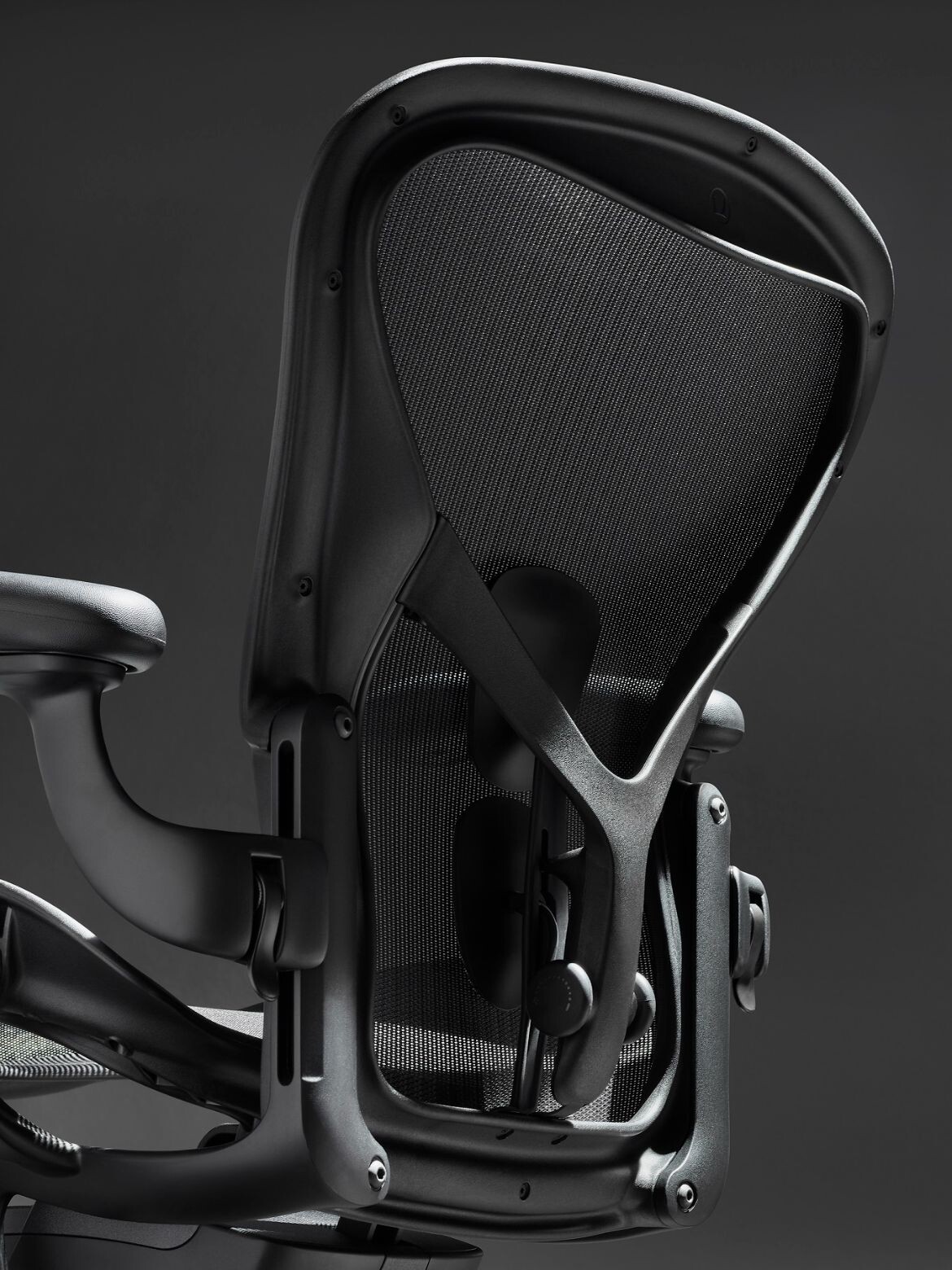
On an industry level, product stewardship through take-back programs, donation planes and recycling parts will help share responsibility between our communities of practice, ensuring everyone takes responsibility for the interconnected impacts of our furniture. Herman Miller’s Earthright 10 year strategy addresses the whole lifecycle of their products aiming to create zero waste and reduce resource use while taking back 125,000 tonnes of product annually.
We shouldn’t leave the fundamental questions about how our furniture performs. Furniture, much like food for Fisher, needs to be pleasing while meeting needs. It may be more that we can redefine how we assess performance. While cost will always be part of the equation, we can’t continue to hide from the impacts of our human industry – furniture or otherwise. Whole Of Lifecycle Furniture may well be the one wolf we want to open the door for.
Alki
alki.fr
Design Nation
designnation.com.au
FormaFantasma
formafantasma.com
Haworth
haworth.com
Herman Miller
hermanmiller.com
IKEA
ikea.com
Knoll
knoll.com
KOKUYO
kokuyo.com
K5 Furniture
kfive.com.au
Living Edge
livingedge.com.au
Muuto
muuto.com
Wilkhahn
wilkhahn.com
Vitra
vitra.com
Photography
Various
This article first appeared in INDESIGN #89 – flip through The ‘Magnetic Workplace’ Issue online here, or purchase it here.
INDESIGN is on instagram
Follow @indesignlive
A searchable and comprehensive guide for specifying leading products and their suppliers
Keep up to date with the latest and greatest from our industry BFF's!

London-based design duo Raw Edges have joined forces with Established & Sons and Tongue & Groove to introduce Wall to Wall – a hand-stained, “living collection” that transforms parquet flooring into a canvas of colour, pattern, and possibility.

The undeniable thread connecting Herman Miller and Knoll’s design legacies across the decades now finds its profound physical embodiment at MillerKnoll’s new Design Yard Archives.

For those who appreciate form as much as function, Gaggenau’s latest induction innovation delivers sculpted precision and effortless flexibility, disappearing seamlessly into the surface when not in use.

Merging two hotel identities in one landmark development, Hotel Indigo and Holiday Inn Little Collins capture the spirit of Melbourne through Buchan’s narrative-driven design – elevated by GROHE’s signature craftsmanship.

MillerKnoll releases the 2025 Better World Report showcasing how design can drive meaningful change through measurable progress across social, environmental and governance initiatives

BLP’s new Sydney Children’s Hospital, Randwick building brings together paediatric care, family-centred design and Australia’s first Children’s Comprehensive Cancer Centre in a major addition to the Randwick Health & Innovation Precinct.
The internet never sleeps! Here's the stuff you might have missed
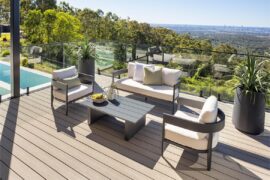
It’s designed for how you live, not just for how it looks.
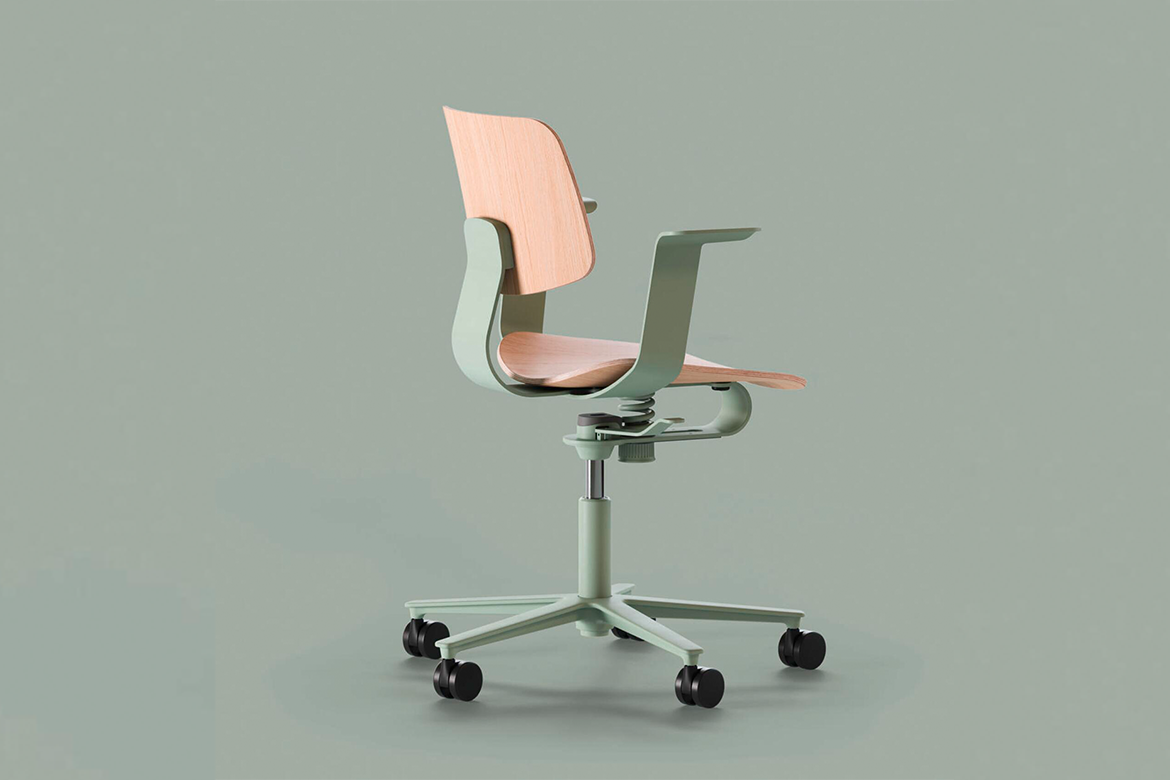
True sustainability doesn’t have to be complicated. As Wilkhahn demonstrate with their newest commercial furniture range.

CDK Stone’s Natasha Stengos takes us through its Alexandria Selection Centre, where stone choice becomes a sensory experience – from curated spaces, crafted details and a colour-organised selection floor.